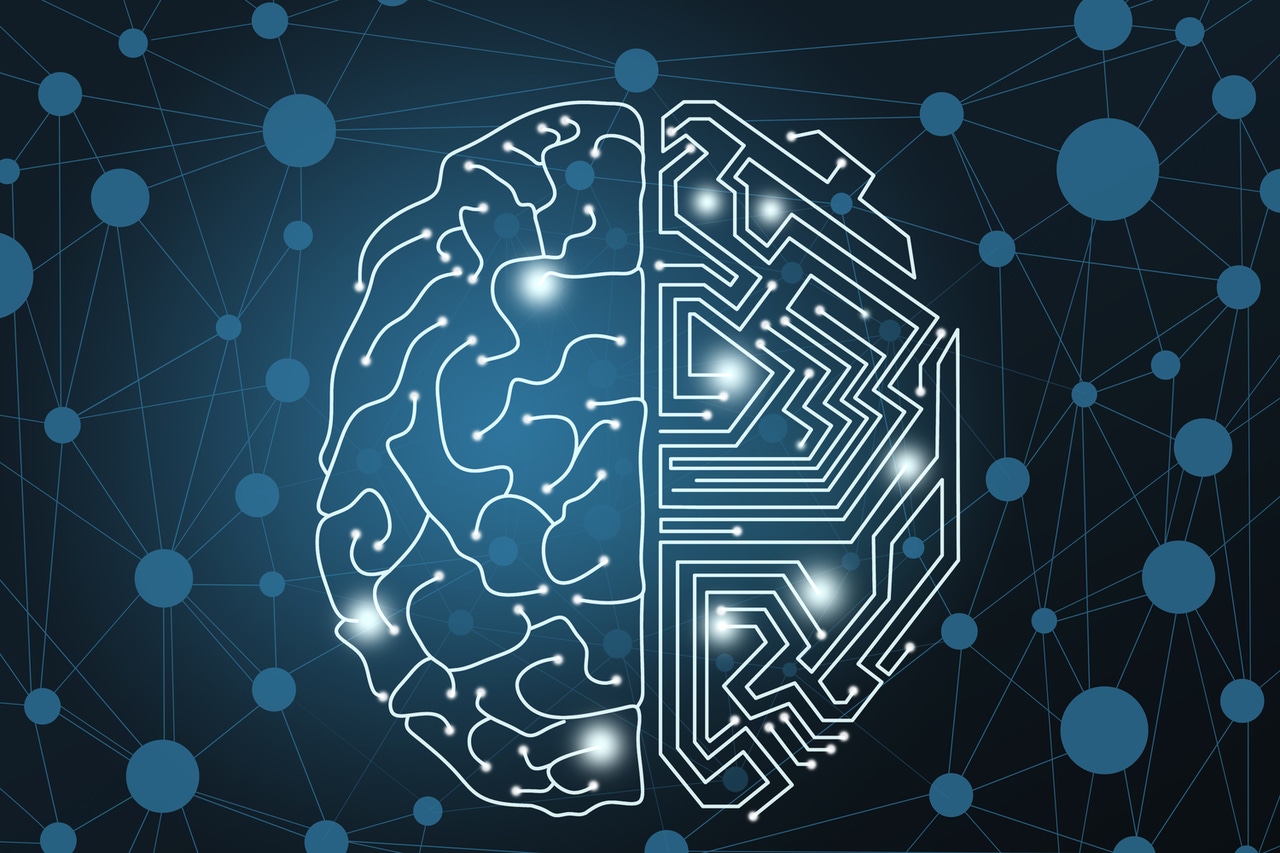More Intelligently Converting DC Voltages
Converting the available voltage to the required voltage in applications from tiny devices to much larger big data applications requires a variety of techniques.
August 4, 2022

Sponsored Content
By Bernard Burg, Ph.D., Director, AI and Data Science, Infineon Technologies Americas Corp.
Converting the available voltage to the required voltage in applications from tiny devices, such as watches and hearing aids, to much larger big data (artificial intelligence and machine learning) applications requires a variety of optimization and specialization techniques to keep with challenging new market demands. For example, car superchargers reduce charging time from 1h30 to 5 minutes, or a new datacenter uses about 25 million DC-DC converters within its servers. Altogether, there is a demand for several billion DC-DC converters each year. In fact, the global DC-DC converter market is projected to grow from USD 9.9 billion in 2021 to USD 17.6 billion by 2026, at a CAGR of 12.1% from 2021 to 2026. Factors such as increased power consumption and industrial automation (IA) are driving this growth.
All DC-DC converters need to be carefully fine-tuned to their specific application. The internal proportional-integral-derivate (PID) controller is optimized for stability and to optimally react to load changes. Presently, the tuning task is carried out by highly qualified field application engineers in cooperation with customers. However, due to the increase of customers, application domains, and performance requirements, this fine-tuning can become a bottleneck in design efforts and impact the capability of both PID controllers and human tuning. Luckily, fine-tuning automation can resolve this problem.
Fine-Tuning Automation Techniques
The collection of an unparalleled amount of DC-DC converter data allows the use of machine learning (ML) techniques to assist in, and potentially automate, the parameter tuning. In fact, ML techniques currently being explored target the ability to automatically yield superior results to manual ones with no additional hardware. Beyond that, ML opens new possibilities with the introduction of more capable control laws through the use of generic ML models, such as linear or quadratic models, gradient boosting, random forests or deep learning algorithms. Such models can be trained in the cloud, but need to be executed within the control loop of the DC-DC converter.
Based on the design specifications, reinforcement learning (RL) algorithms are used to find the optimal parameters. RL algorithms run the whole cycle of data acquisition, data preprocessing and running trained ML algorithm. Through this cycle, the RL sends new control parameters to the system, measuring its reaction and refining learned models to control the system according to specifications. However, the whole cycle needs to fit into a tiny footprint. This is a relatively easy task with a linear model taking only dozens of bytes. In contrast, quadratic models or tree algorithms, such as gradient boosting, take a bit more memory and need to go through code optimization steps. Deep learning techniques present a significant challenge as general models take several Mbytes and need to be downsized using quantization and pruning techniques to fit into less than 100 Kbytes. Languages such as TensorFlow Lite for Microcontrollers ease this task and have provided encouraging deep learning results.
With recently acquired experience in RL, and achieved success in the lab environment, the time is right for the next steps. There is a need to craft industrial strength environments for RL, capable of certifying the quality of the results, ensuring the stability of the controllers, as historically performed in traditional control loops. However, error margins are very thin and must be carefully controlled and monitored. Reaching the state of the art could benefit from academic and/or industrial collaborations.
This leads towards predictive maintenance. Because RL observes a component during its complete lifecycle, it can record all normal operations as well as abnormal behaviors, including those shortening the component lifetime. In these instances, RL might emit alerts to higher level control systems as well as send data sequences for in-depth analysis offline.
Working Together Towards the Goal
Since it sells billions of DC-DC converters and related components every year, Infineon can acquire a wealth of information to better understand, optimize, and eventually embed this learning into next generation components. Future components will implement smarts at the edge to provide superior performance, resilience, agility and quality of service while decreasing maintenance costs.
Pushing to the next level of performance and reliability has historically meant working closely with system suppliers. To this end, the mission of Infineon Technologies’ Silicon Valley Innovation Center is to seek collaborations with best-in-class technology providers. Beyond DC-DC converters, we are looking at multiple areas in advanced industrial systems that leverage our sensor portfolio including, for example, anomaly detection or predictive maintenance.
Learn more about Infineon’s Silicon Valley Innovation Center.
You May Also Like






